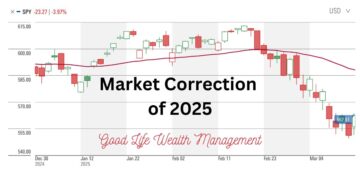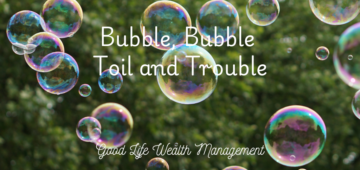We’re making a trade in our portfolio models this week and will be selling our high yield bond fund (SPDR Short-Term High Yield ETF, ticker SJNK). The last 18 months have been excellent for high yield bonds; so excellent, in fact, that at this point the now lower yields don’t justify the risks. For those who might be interested in our process behind this decision, please read on.
High Yield, or “Junk”, Bonds are highly cyclical and go through wide swings up and down. They have much higher volatility than other types of bonds, and in spite of their higher yields, have the potential for negative returns to a greater degree than most other types of bonds. Additionally, they have a fairly strong correlation to equities, meaning that when stock markets plunge, high yield bonds – which are issued by lower quality companies – are also likely to drop in value. In times of recession, several percent of high yield issuers will default on their bonds and go bankrupt each year.
How can we determine if high yield bonds are a good value? One of then most common ways is through Credit Spreads. A Credit Spread is the additional amount of yield a high yield bond will provide over a safe bond like a US Treasury.
As recently as January 2016, high yield bonds were paying 6-7 percent over Treasuries. Today, that spread has shrunk into the 3% range, a level which is closer to the lows of the past 20 years. You can see a chart of US Credit Spreads on the website of the Federal Reserve Bank of St. Louis.
Investors today are not being sufficiently compensated for taking the extra risk of high yield bonds, and given the headwinds of higher interest rates and a late-inning stock market, we believe it is time to remove the high yield position from our portfolio. They’ve done their job. While no one can predict if or when these bonds will have their next downturn, we’d rather make the change now.
This is a small trade in most portfolios; our 60/40 model, for example, has only a 4% position in high yield. The proceeds will be reinvested into other bond funds which have lower volatility and also a short duration.
In the future, if yield spreads widen, we might buy back into high yield bonds. When pessimism is at its highest, low prices on high yield bonds can be a great value for patient investors. And that’s the time to be a buyer, not today. Credit spreads are a unique consideration for high yield bonds, but know that we look at each category within our portfolio models closely and will not hesitate to make adjustments after cautious and deliberate study.
If you have any questions about high yield bonds, fixed income, or any other aspect of portfolio construction, please give me a call!








1 Comment
Comments are closed.